- Category
- Latest news
Ukraine Strikes Russian Shahed Plant With Towed Glider Bomb in New Drone Tactic. Here’s What We Know
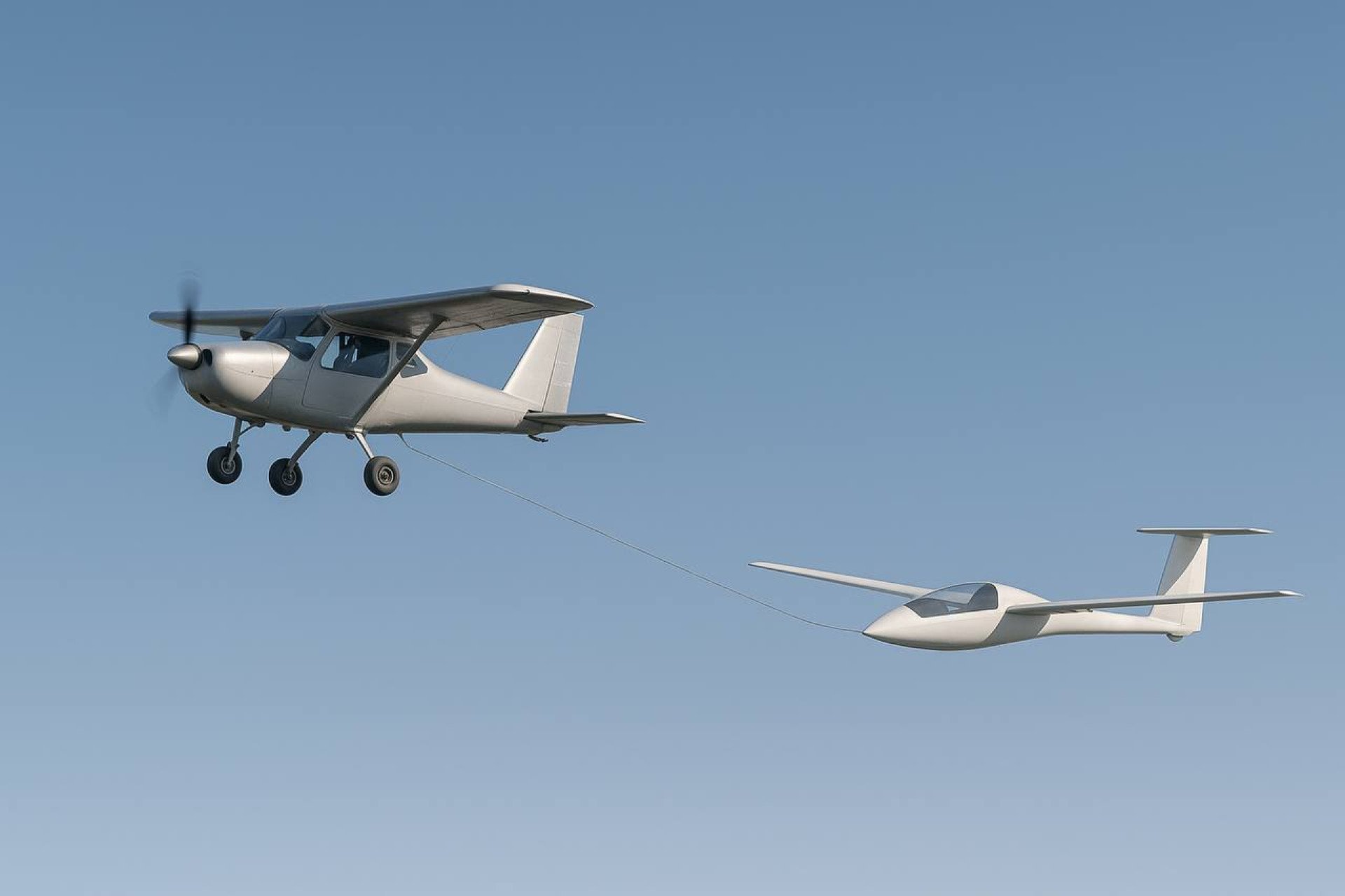
Ukrainian Armed Forces targeted the Alabuga Special Economic Zone in Russia’s Republic of Tatarstan, one of the country’s main production hubs for Shahed-136 suicide drones—also known by their Russian name, Geran-2. But what made this latest strike stand out wasn’t just the location—it was the weapon.
For the first time on record, Ukraine appears to have used a glider with a 100-kilogram warhead towed by a light aircraft, the A-22 Foxbat acting as an unmanned bomber, Ukrainian defense outlet Defense Express reported on June 16.
According to open-source intelligence (OSINT) group Dnipro and the military-focused Telegram channel “Polkovnyk GSh,” the strike involved a tandem launch: a modified A-22 light aircraft towed a pilotless glider to its release point before both continued to strike targets inside the heavily guarded Alabuga zone.
Ещё Елабуга. pic.twitter.com/kyCiRcQgJm
— Very shady personality (@cornomorskij) June 16, 2025
This dual-platform setup is something entirely new in modern warfare.
“So far, there have been no recorded uses of a configuration where a strike drone tows a suicide glider as an additional payload,” the report noted. “And using a glider—an unpowered aircraft—as a suicide drone is itself a novel concept.”
Defense Express notes that while entirely modern in its execution, the tactic has echoes of past wartime improvisation. During World War II, Allied forces used gliders to carry troops into battle, towing them behind C-47 transport aircraft during major airborne operations.
Nazi Germany also experimented with exotic glider-based concepts, such as the Blohm & Voss BV 40, an unrealized interceptor armed with twin 30mm cannons, and the more infamous Mistel program, which paired a piloted aircraft with a repurposed bomber loaded with explosives.
The A-22 plus glider combination seems to borrow conceptually from the Mistel approach, though with a much smaller payload and far more tactical flexibility, Defense Express notes.
The Ukrainian drone reportedly released the glider near its target zone, allowing it to glide independently and strike a separate objective.
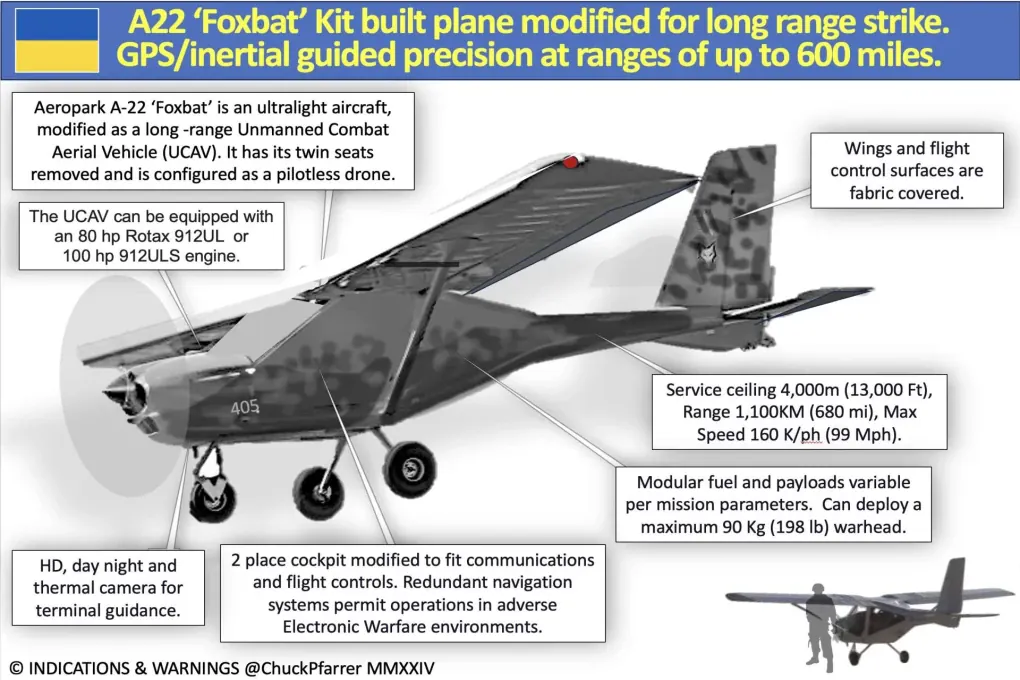
According to the OSINT analysis, the strike inflicted 14 injuries and 2 fatalities among personnel at the Alabuga complex, though the identities of those killed remain unclear. “They could have been regular workers—or they might have been key specialists involved in drone production. Either way, there’s no reason for disappointment. This won’t be the last strike on that facility,” one OSINT report noted.
Satellite imagery and footage captured from the engineering plant at Alabuga show the drone approaching from the northwest.
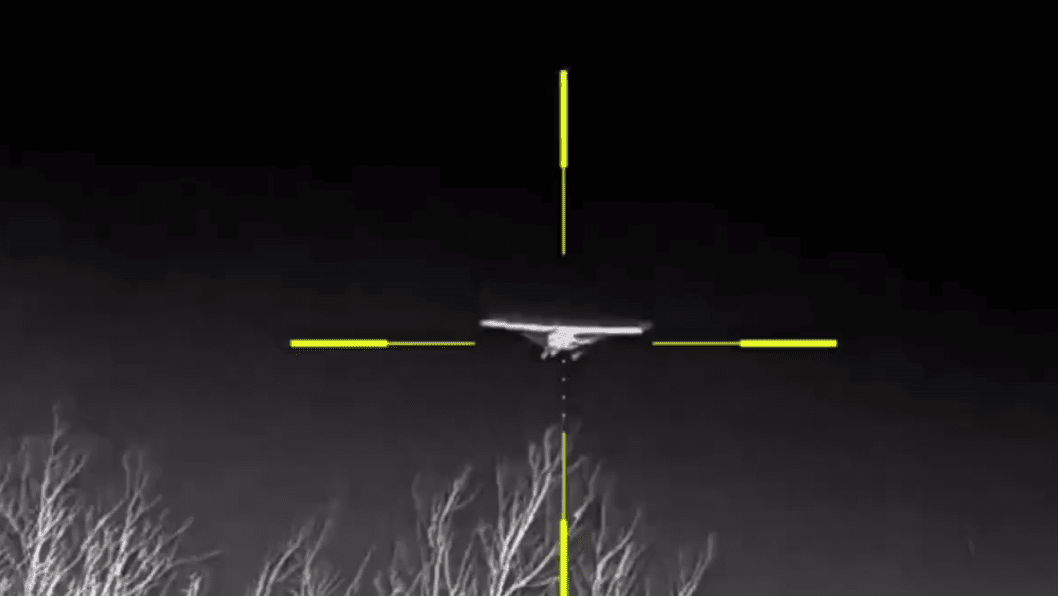
As it neared the main buildings of the Alabuga Polytechnic Institute, it reportedly dropped a bomb—possibly targeting a training center. However, due to navigation limitations, the munition landed in a staff parking lot instead.
Despite the imperfect accuracy, the psychological and strategic impact remains significant. “A glider without a propulsion system, once released near its target, heads straight for it. And an unmanned glider can carry up to 100 kg of explosives,” OSINT analysts noted. “With this approach, it’s possible to hit two targets at a considerable distance with a relatively large explosive payload.”

The Alabuga complex is widely known as a center for designing, upgrading, and mass-producing Iranian-origin Shahed drones—thousands of which have been used by Russia to strike Ukrainian cities.
Earlier, reports emerged that Ukrainian long-range drones were capable of carrying 250-kilogram FAB-250 bombs.
A Soviet-era FAB-250M-54 bomb was mounted in pair with a 120-mm mortar shell and attached to a Ukrainian E-300 Enterprise drone, currently in service with Ukraine’s 14th Unmanned Aerial Vehicle Regiment of the Special Operations Forces.


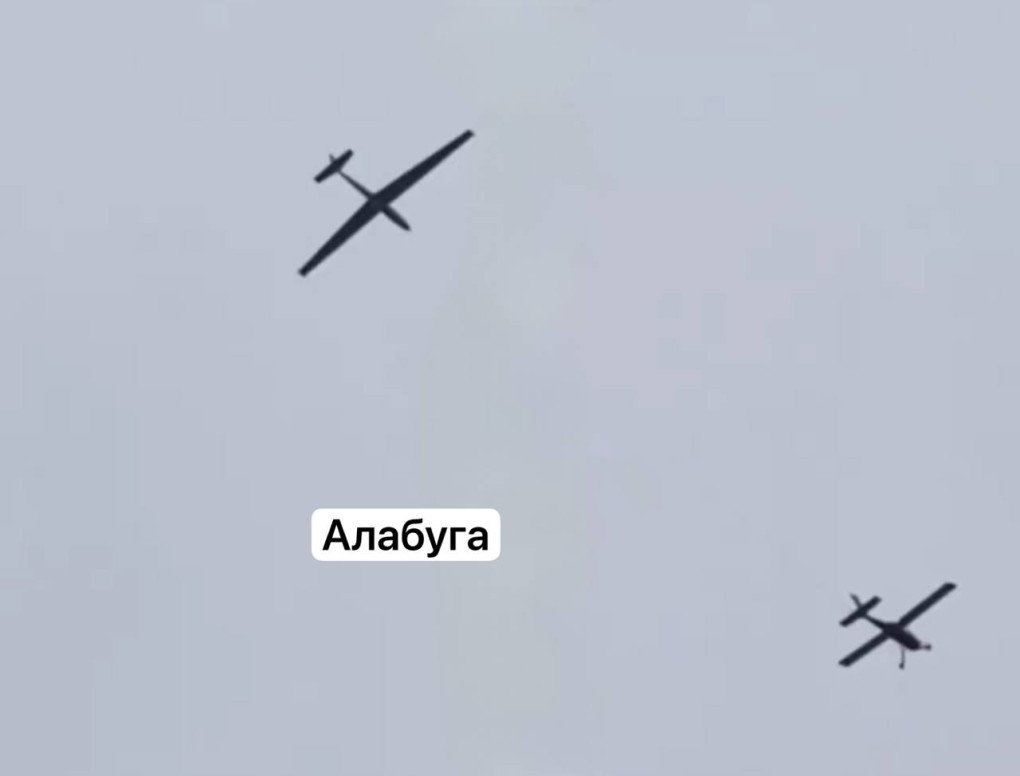
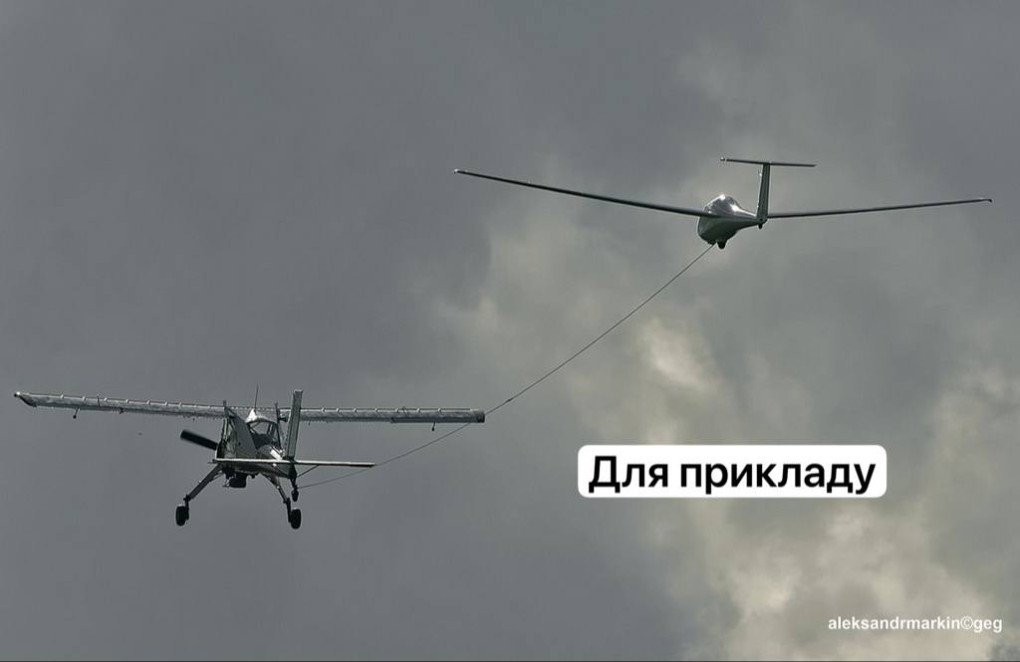

-72b63a4e0c8c475ad81fe3eed3f63729.jpeg)


-111f0e5095e02c02446ffed57bfb0ab1.jpeg)
